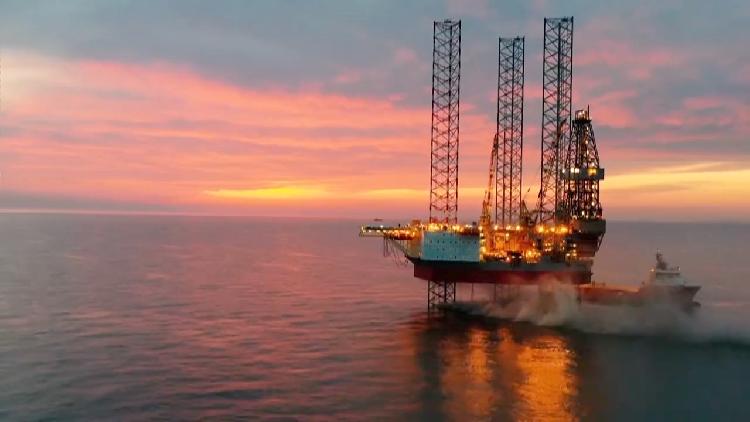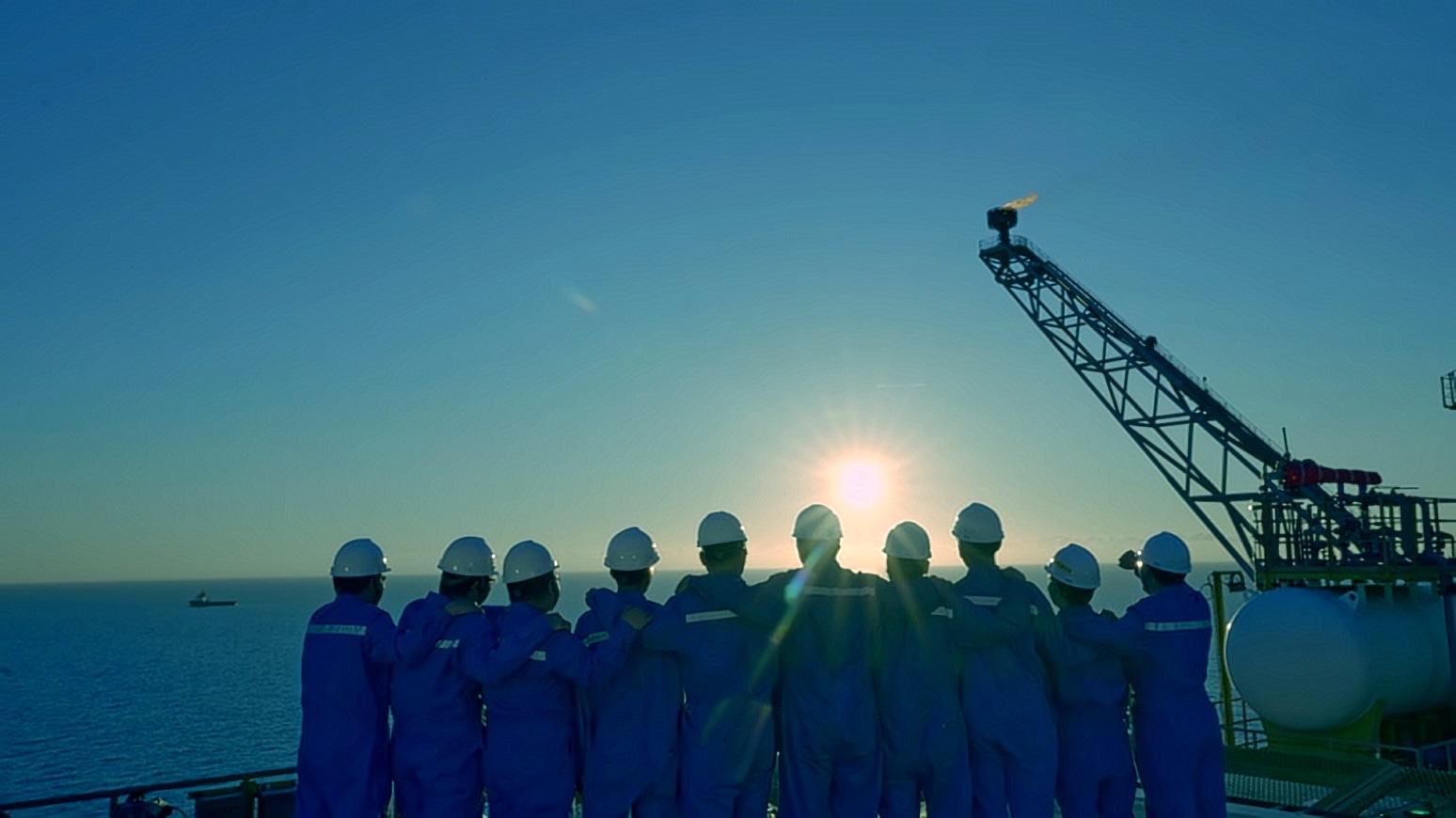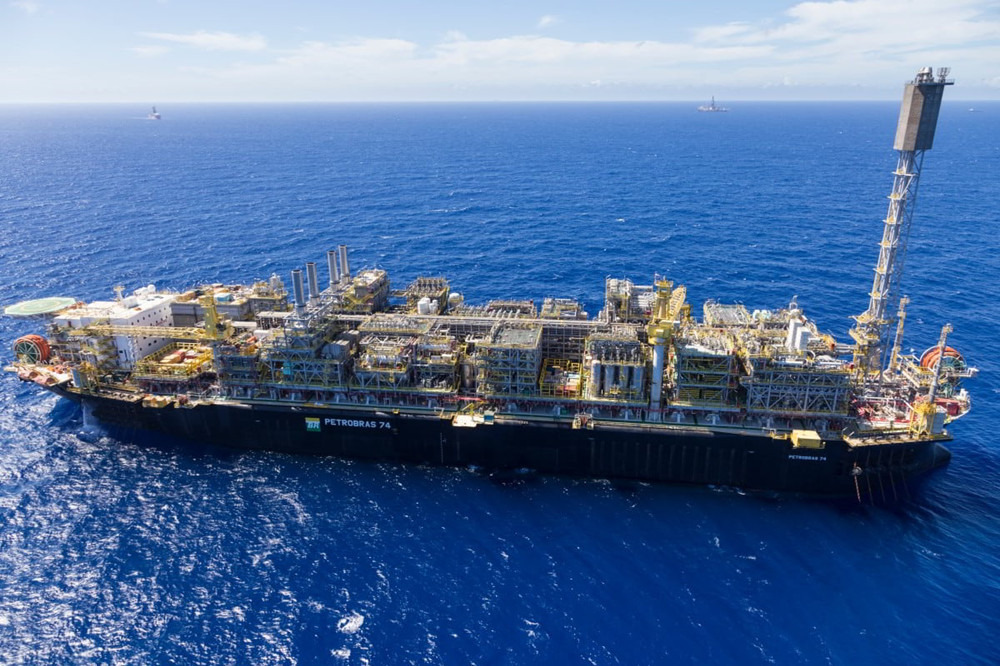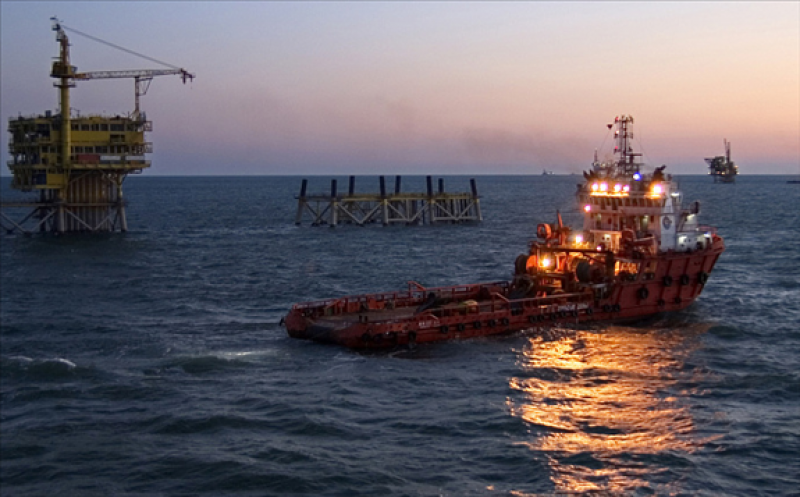
The first phase of the work will last two years. “The uniqueness of the work that has begun is that the decommissioning of ADE-2 requires the almost complete dismantling of the underground nuclear thermal power plant,” said Director of Production Daniil Zhirnikov, “This year alone, it is necessary to dismantle and deal with more than 200 tonnes of thermal insulation and more than 700 tonnes of metal. In addition to dismantling all pipelines, cables, steam generators, heat exchangers of the 1963 reactor, it is necessary to dismantle reinforced concrete boxes and walls to prepare a place for the IZhSR and related infrastructure.”
GKhK Director General Dmitry Kolupaev said the work is being carried under the second Federal Target Programme , Ensuring Nuclear and Radiation Safety ”, which involves an integrated approach to solving problems related to nuclear legacy projects. This underlines the strict attitude of our country towards environmental issues and ensuring a safe future for future generations.”
He added that in decommissioning two previous uranium-graphite reactors, the employees of the enterprise not only gained valuable experience, but also received several patents for inventions. These projects were unique and this trend will continue. In the near future, there will be new activity in the areas released by the decommissioning, including constructing the environmentally significant molten salt research reactor. This technology, which enables the disposal of minor actinides, is being implemented for the first time on an industrial scale.”
Once the work is completed, the reactor will become an industry museum. Therefore, during the second stage of the decommissioning, it is planned to preserve the historical appearance of the ADE-2 as far as possible. “The reactor should become a museum, with the ability to hold scientific and technical conferences, local exhibitions, youth forums,” said Boris Ryzhenkov, an employee of the Department for Public Relations & Communications Development at GKhK. “That is, the appearance of the object should motivate visits, people should see it. Work on the creation of the museum is already underway, the most important thing is to preserve the true historical context.”
The ADE-2 industrial uranium-graphite reactor (PUGR), located in within a mountain, was stopped in April 2010. It will become the third industrial uranium-graphite reactor at GKhK to be decommissioned. ADE-2 was the last of Russia’s dual purpose plutonium production reactors to be closed after producing weapons-grade plutonium for nearly 52 years. It also provided heat and electricity to Zheleznogorsk and nearby areas, which was its main function after 1993.
In the case of ADE-2 the amount of decommissioning work will be significantly greater than with the first two reactors – AD and ADE-1. These were single-purpose plutonium-production reactors. They were successfully decommissioned in 2023 using the on-site disposal method patented by specialists GKhK. Practical work began there in 2015 with the concreting of AD, and in 2020, concreting work began on ADE-1. Decommissioning includes the construction of the necessary infrastructure facilities, the extraction and processing of radioactive waste, and the establishment of safety barriers around the underground part of the reactor. The process involved laying a barrier of 8,700 cubic metres of concrete and 37,430 cubic metres of clay material in each reactor. Additional security barriers were also put in place.







